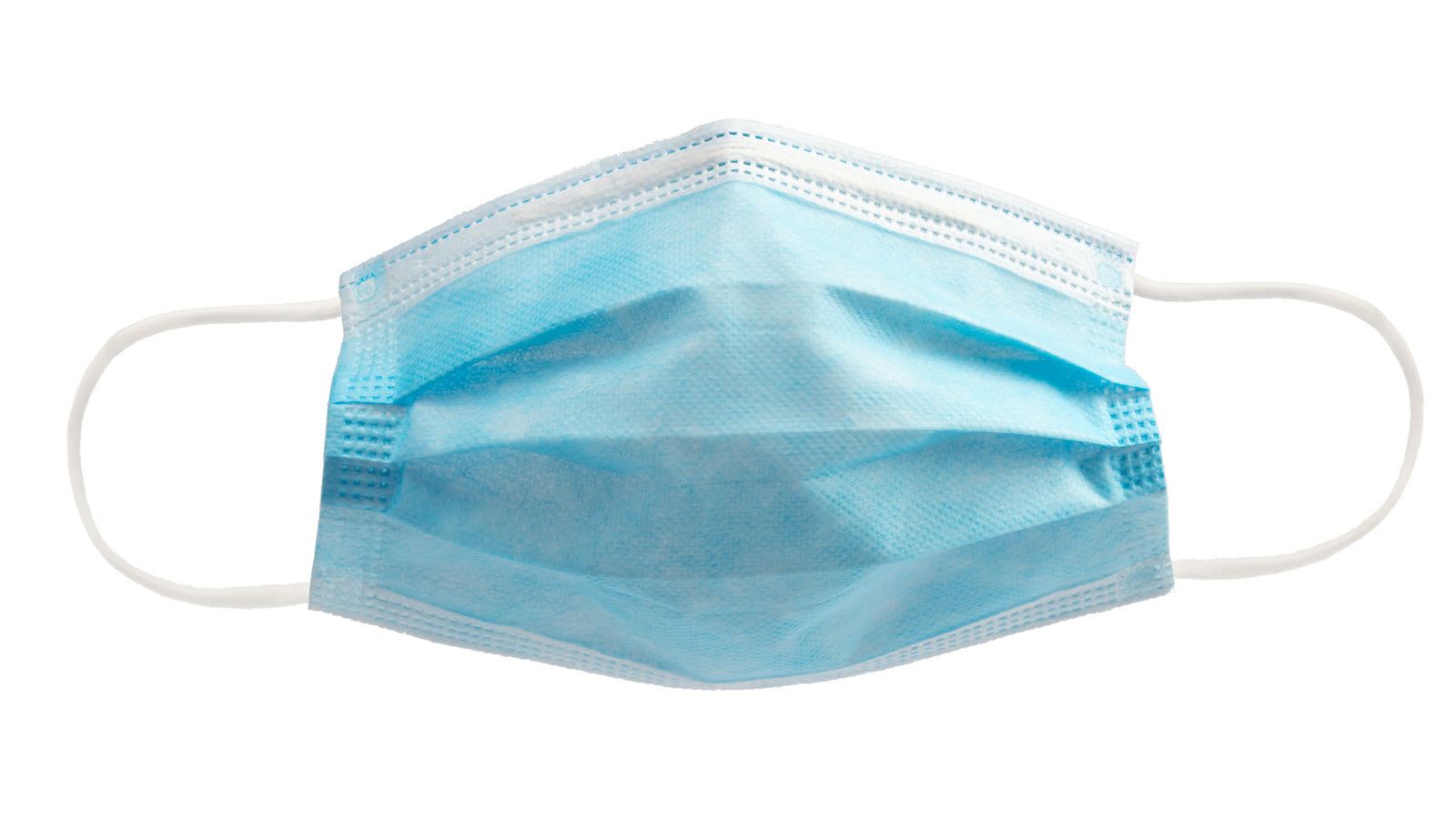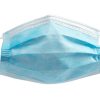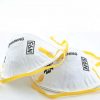Separated they live in Bookmarksgrove right at the coast of the Semantics, a large language ocean. A small river named Duden flows by their place and supplies it with the necessary regelialia. It is a paradisematic country, in which roasted parts of sentences fly into your mouth.
In general, masks are used by the general public and health care personnel to prevent the spread of infection or illness.
This page is for people and organizations who are new to working with the FDA. To help expand the availability of face masks and surgical masks, the FDA is providing regulatory flexibility, as described in our policy for face masks and surgical masks that is in effect during the COVID-19 pandemic.
If you are interested in manufacturing these products, we urge you to review the FDA’s Emergency Use Authorization (EUA) for face masks (PDF-98KB) (issued April 24, 2020) and the FDA’s policy on face masks and surgical masks that is in effect during the COVID-19 public health emergency, and read the information on this page. You may send any specific questions to CDRH-COVID19-SurgicalMasks@fda.hhs.gov.
Q: Which masks are medical devices regulated by the FDA?
A. Face masks marketed to the general public for general non-medical purposes, such as use in construction and other industrial applications, are not medical devices. Face masks, when they are intended for a medical purpose such as source control (including uses related to COVID-19) and surgical masks are medical devices.
Q: Is there a difference between a mask and a respirator?
A: Masks and respirators both cover a wearer’s nose and mouth, but they differ in several aspects.
Masks are loose fitting and may not provide full protection from breathing in airborne pathogens, such as viruses.
- Face masks (non-surgical masks) may not provide protection from fluids or may not filter particles, needed to protect against pathogens, such as viruses. They are not for surgical use and are not considered personal protective equipment.
- Surgical masks are fluid-resistant, disposable, and loose-fitting devices that create a physical barrier between the mouth and nose of the wearer and the immediate environment. They are for use in surgical settings and do not provide full protection from inhalation of airborne pathogens, such as viruses.
Respirators are personal protective equipment that tightly fit the face and filter airborne particles to protect health care workers. They provide a higher level of protection against viruses and bacteria when properly fit-tested. This document does not address respirators.
.




Great post man, keep up the awesome writing!
Couldn’t agree more. I’ve read some amazing posts before, but this one surely shows some glove!